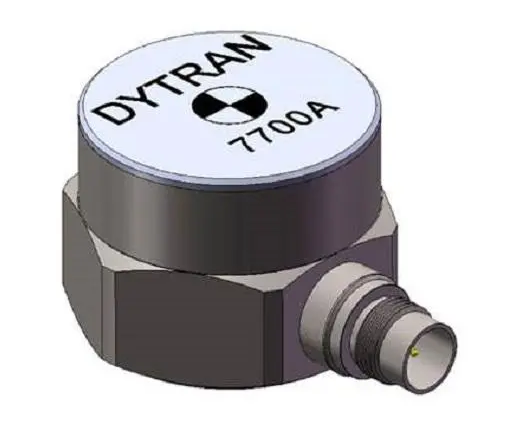Sensor is a kind of testing device, can feel the measured information, and will feel information, according to certain rules transform into electrical signal or other required information in the form of output, in order to meet the needs of information transmission, processing, storage, display, record and control requirements, it is the first step of automatic detection and automatic control. Good sensor design is a combination of experience and technology.
It is generally understood that a sensor is a description of a physical quantity that can be directly expressed by another physical quantity through a circuit. The following we will introduce the concept, principle and characteristics of the sensor one by one, and then analyze the key points of the design of the sensor.
The characteristics of the sensor are introduced
Static characteristic
Refers to the static input signal, the sensor output and input between the relationship. Because the input and output are time independent, the relationship between them, that is, the static characteristics of the sensor can be described by an algebraic equation without time variable, or a characteristic curve drawn with the input as abscissa and the corresponding output as ordinate. The main parameters to characterize the static characteristics of the sensor are linearity, sensitivity, resolution and hysteresis.

The dynamic characteristics
Refers to the characteristics of a sensor's output when its input changes. In practice, the dynamic characteristics of a sensor are often expressed by its response to some standard input signals. This is because the sensor response to the standard input signal is easy to be obtained by experimental methods, and there is a certain relationship between its response to the standard input signal and its response to any input signal, often knowing the former can infer the latter. Step signal and sinusoidal signal are the most commonly used standard input signals, so the dynamic characteristics of the sensor are also commonly used to represent the step response and frequency response.
linearity
In general, the actual static output of the sensor is a curve rather than a straight line. In practice, in order to make the instrument have uniform scale reading, a fitting line is often used to approximately represent the actual characteristic curve, linearity (nonlinear error) is a performance index of this approximation degree. There are many ways to select the fitting line. For example, the theoretical line connecting zero input and full range output point is taken as the fitting line; Or the theoretical line with the minimum sum of squares of the deviation of each point on the characteristic curve is regarded as the fitting line, which is called the fitting line by the least square method.
Hysteresis characteristics
Represents the degree to which a sensor's output-input characteristic curves are inconsistent between forward (increasing input) and reverse (decreasing input) strokes, usually expressed as a percentage of the maximum difference between the two curves and the full range output. The hysteresis can be caused by the absorption of energy present within the sensor elements.
The sensitivity
Sensitivity refers to the ratio of output change to input change under steady-state operation of the sensor. It is the slope of the output-input characteristic curve. If there is a linear relationship between the output and input of the sensor, the sensitivity S is a constant. Otherwise, it varies with the amount of input.
Key points of sensor design
Extract useful signals and reduce noise
In general, the measured physical quantities are very small and usually carry conversion noise inherent in the physical conversion element of the sensor. For example, the signal intensity of the sensor at the magnification rate of 1 is 0.1~1UV, and the background noise signal at this time also has such a large level, even annihilation. How to take out the useful signal as far as possible and suppress the noise is the primary problem to be solved in sensor design.
The sensor circuit must be simple and refined
Imagine an amplifier circuit with a three-stage amplifier circuit and a two-stage active filter, which amplifies the signal and amplifies the noise. If the noise does not deviate significantly from the useful signal spectrum, no matter how much filtering is done, the SNR does not improve. Therefore, the sensor circuit must be refined and simple. If you can save a resistor or capacitor, you must remove it. This is a problem that many sensors design engineers tend to overlook. It is known that the sensor circuit is troubled by the problem of noise, and the more the circuit is modified, the more complex it becomes.
Power consumption problem
The sensor is usually at the front of the subsequent circuit and may require a longer lead connection. When the sensor power consumption is high, the lead connection will introduce unnecessary noise and power noise, making the subsequent circuit more difficult to design. How to reduce power consumption is also a big test in the case of sufficient use.
Selection of components and power loop
The selection of components must be enough to use as well, as long as the device indicators in the required range can, the rest is the circuit design problem. Power supply is a difficult problem that must be encountered in the process of sensor circuit design. Do not pursue the power supply index that cannot be achieved, but choose an operational amplifier with a better common mode rejection ratio. The switching power supply and devices designed by differential amplifier circuit may be the most common can meet your requirements.
